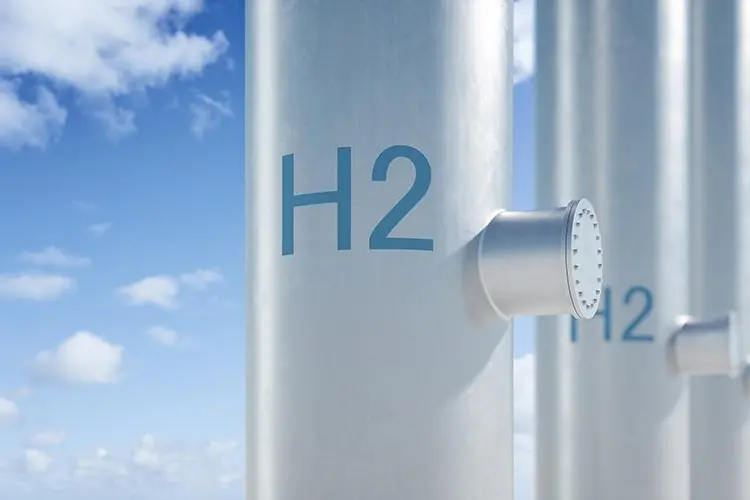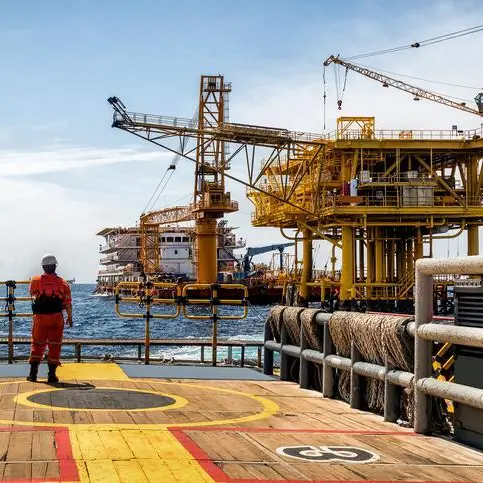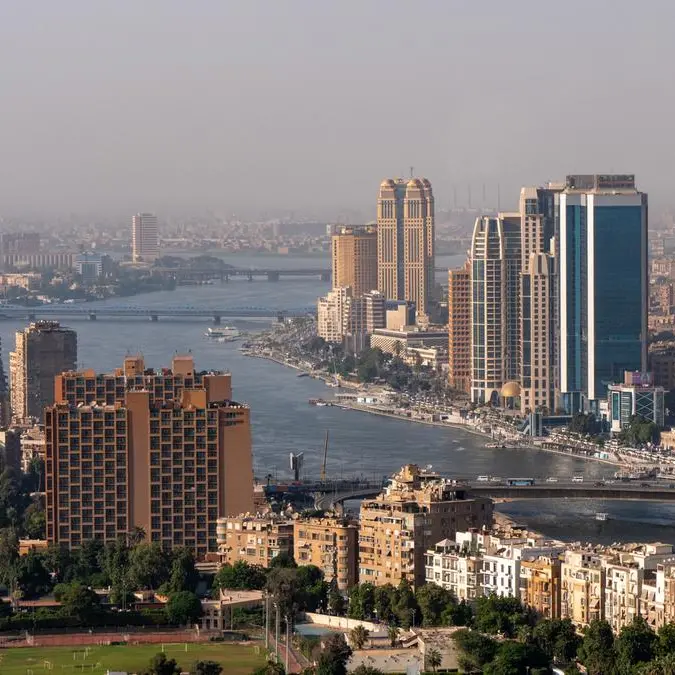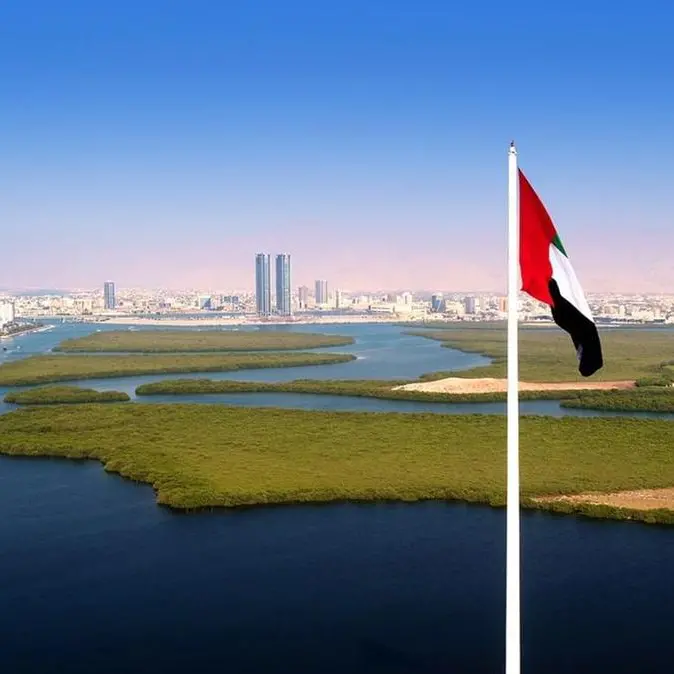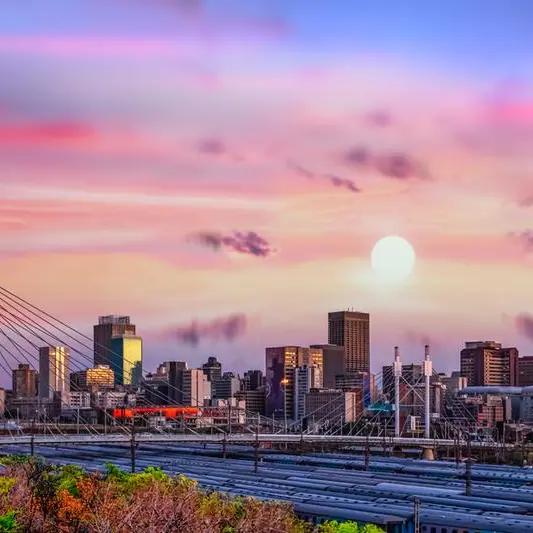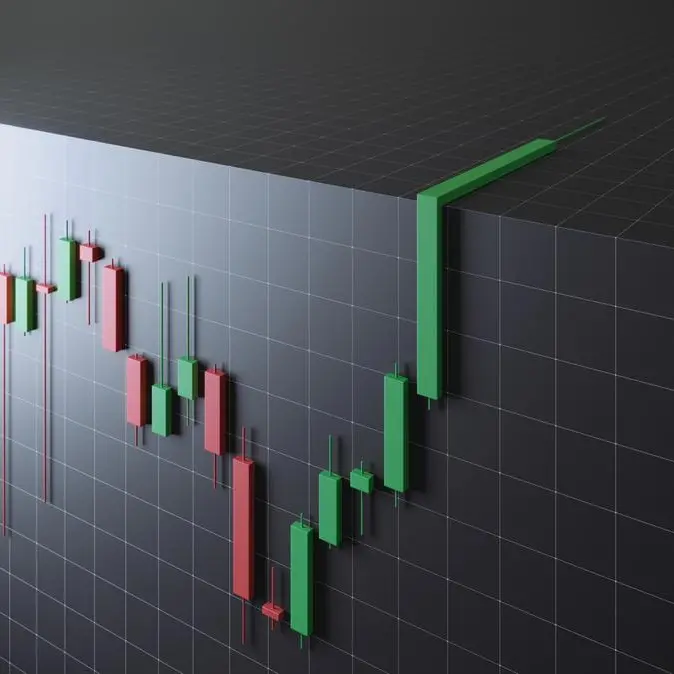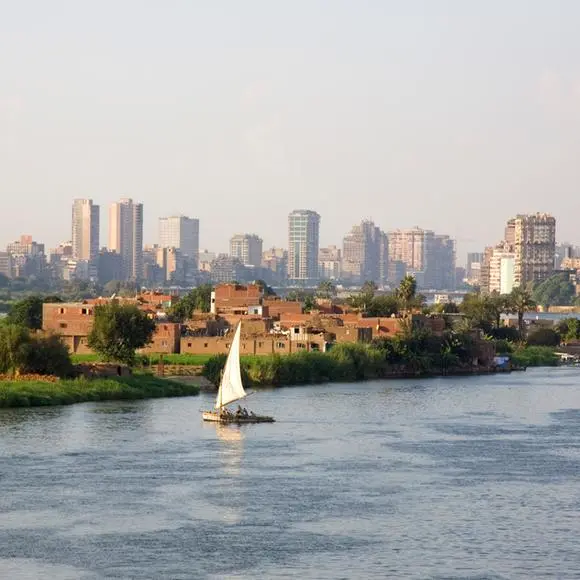PHOTO
A new report released by the International Renewable Energy Agency (IRENA) said only one quarter of the global hydrogen demand would be met by international trade through pipelines and ships and the rest would be produced and used locally in 2050.
This is a significant change from today’s oil market where the bulk is internationally traded.
“Having access to abundant renewables will not be enough to win the hydrogen race, it’s also necessary to develop hydrogen trade,” IRENA’s Director-General Francesco La Camera said.
“Governments must make significant efforts to turn trade aspirations into reality”, La Camera added. “A mix of innovation, policy support and scale can bring the necessary cost reduction and create a global hydrogen market. Whether trade potentials can be realised will strongly depend on countries’ policies and investment priorities and the ability to decarbonise their own energy systems.”
“Hydrogen trade offers multiple opportunities from decarbonising industry to diversifying supplies and improving energy security. Energy importers can become the exporters of the future”, he said.
IRENA’s World Energy Transitions Outlook sees hydrogen covering 12 per cent of global energy demand and cutting 10 per cent of CO2 emissions by 2050. Yet, hydrogen can only be a viable climate solution if the power needed to produce it comes in addition to the electrification of the energy system, placing an even greater uptake of renewable power at the heart of the transition.
The new reports see half of the hydrogen being traded through largely existing, repurposed gas pipelines drastically reducing the costs of transport. Shipping of green ammonia would account for most of the other half, largely intercontinental hydrogen trade.
Satisfying the global demand requires investment of almost $4 trillion by 2050. Net zero-aligned finance instruments will have to leverage the investment needed, the report said.
(Writing by Sowmya Sundar; Editing by Anoop Menon)
